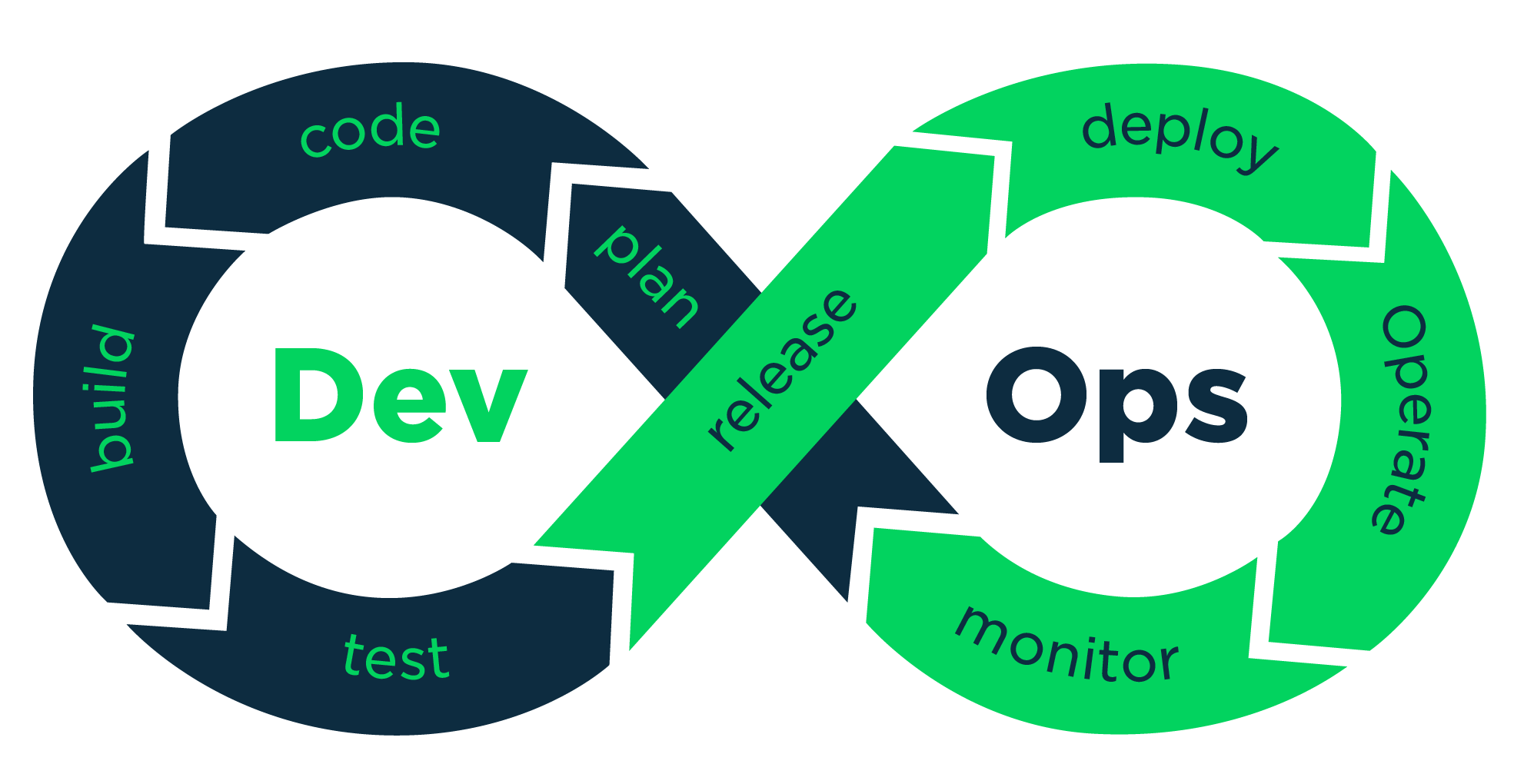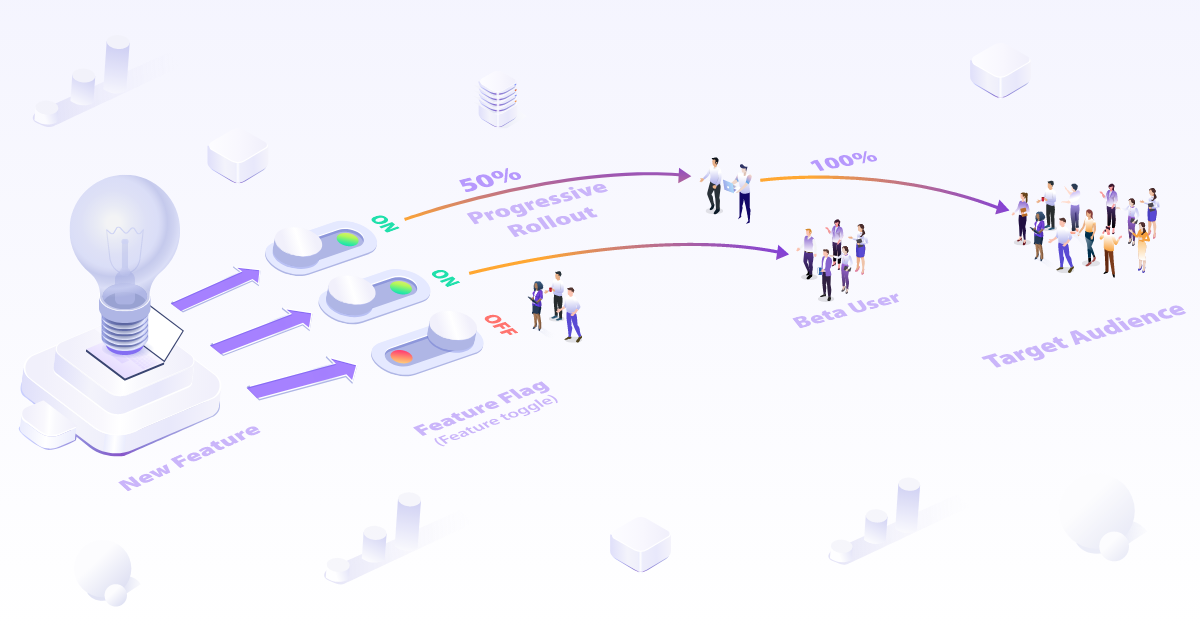Innovate
Your Software
Faster without Risk
Innovate Your Software Faster without Risk
Dev Ops Tools and Essential Feature Flags for Agile Software Development and Swift Deployments

Introduction
In the ever-evolving world of software development, the need for agile methodologies and rapid deployment has become increasingly important. DevOps practices aim to bridge the gap between development and operations, resulting in a more efficient and collaborative workflow. One of the most valuable tools for implementing DevOps and ensuring seamless deployments is the use of feature flags. In this blog post, we'll discuss the importance of feature flags and their role in agile software development and swift deployments.
What are Feature Flags?
Feature flags, also known as feature toggles or switches, are a technique used by developers to enable or disable specific functionality within a software application. By wrapping code within these flags, developers can easily manage, test, and release new features without having to modify the underlying codebase. This provides a level of flexibility and control that is essential for agile development and rapid deployment.
Why Use Feature Flags in DevOps?
There are several reasons why feature flags are considered a must-have tool in the DevOps toolbox:
-
Continuous Integration and Deployment: Feature flags allow developers to merge code into the main branch frequently, reducing the risk of conflicts and making it easier to implement continuous integration and deployment (CI/CD) pipelines.
-
Testing in Production: With feature flags, teams can test new features in the production environment without affecting end-users. This enables them to gather valuable feedback and identify potential issues before a full release.
-
Rolling Releases and Rollbacks: Feature flags allow for gradual rollouts of new features, enabling teams to monitor performance and gather user feedback before a complete launch. If any issues arise, rolling back to a previous version is as simple as toggling the feature flag off.
-
A/B Testing: Feature flags can be used to create and manage A/B tests, allowing teams to measure the impact of different variations of a feature on user engagement and other key performance indicators (KPIs).

Best Practices for Using Feature Flags
To maximize the benefits of feature flags in agile software development and rapid deployments, it's essential to follow some best practices:
Use a Feature Flag Management System: A robust management system helps track, organize, and manage feature flags. There are several commercial and open-source solutions available (such as FeatBit) that offer centralization, access control, and audit trails for your feature flags.
Keep Flags Short-Lived: Feature flags should be removed as soon as they are no longer needed to maintain a clean and readable codebase. Long-lived feature flags can lead to technical debt and increase the complexity of the application.
Monitor and Track Flag Usage: It's important to monitor and track feature flag usage to ensure they are working as intended and to catch any potential issues early.
Implement Access Control: Establishing clear access control policies for creating, modifying, and deleting feature flags helps prevent unauthorized changes and maintains the integrity of the system.
Conclusion
Feature flags are an essential DevOps tool that enables agile software development and rapid deployments. By implementing feature flags and following best practices, development teams can achieve greater flexibility, improved testing capabilities, and streamlined release processes. As a result, organizations can accelerate their time to market while maintaining a high level of quality and user satisfaction.